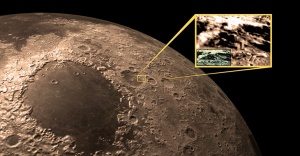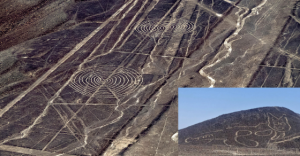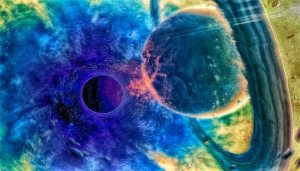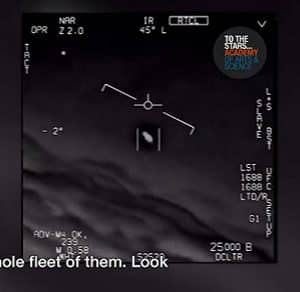At the heart of the Milky Way Galaxy lies a colossal entity known as Sagittarius A*, a supermassive black hole believed to have developed alongside our galaxy. It’s not unique; such massive objects are thought to exist at the center of nearly all large galaxies across the universe.
Joseph Simon, a postdoctoral researcher at the University of Colorado Boulder, focuses on these enigmatic giants. He points out that the black hole at our galaxy’s center weighs millions of times more than the sun, and there are others out there even heavier, weighing in at billions of times the sun’s mass.
Simon has spent his career exploring these elusive cosmic phenomena. In a recent project, he used computer simulations to estimate the sizes of the universe’s largest supermassive black holes, aiming to understand their growth from small beginnings to their current colossal sizes. His research suggests that, billions of years ago, black holes were much larger on average than previously thought. This insight could shed light on how objects like Sagittarius A* evolved over time.
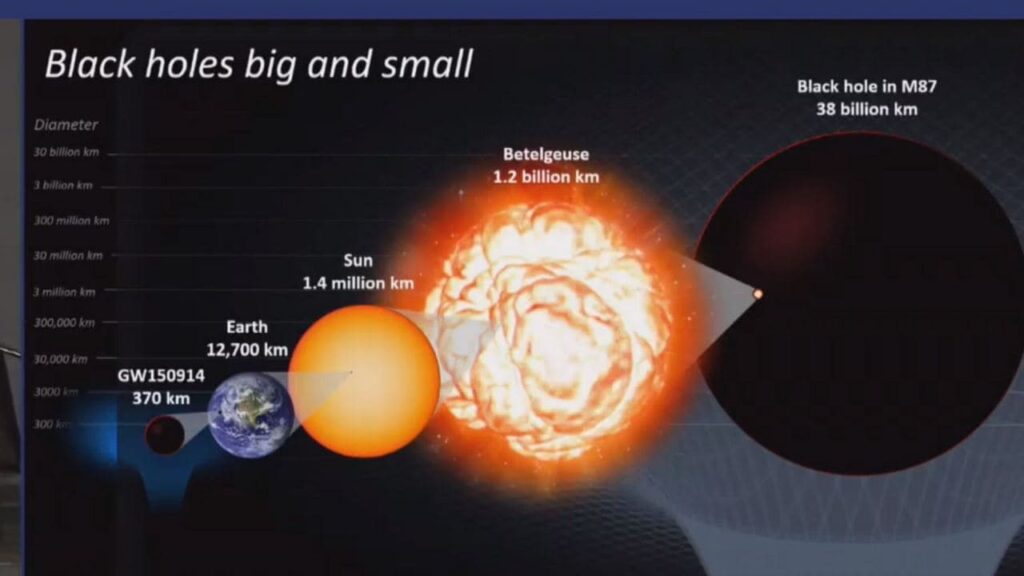
On May 30, Simon published his groundbreaking findings in The Astrophysical Journal Letters, contributing significantly to our understanding of the universe’s early giants.
Simon is also involved in the North American Nanohertz Observatory for Gravitational Waves (NANOGrav), a project searching for gravitational waves—massive ripples in the fabric of space and time. These waves often stem from the collision and merger of supermassive black holes at the centers of merging galaxies. Understanding the scale of these black holes is crucial because larger ones generate more significant gravitational waves.
Despite having accurate mass measurements for nearby galaxies’ black holes, estimating those in more distant galaxies is challenging, often requiring educated guesses.
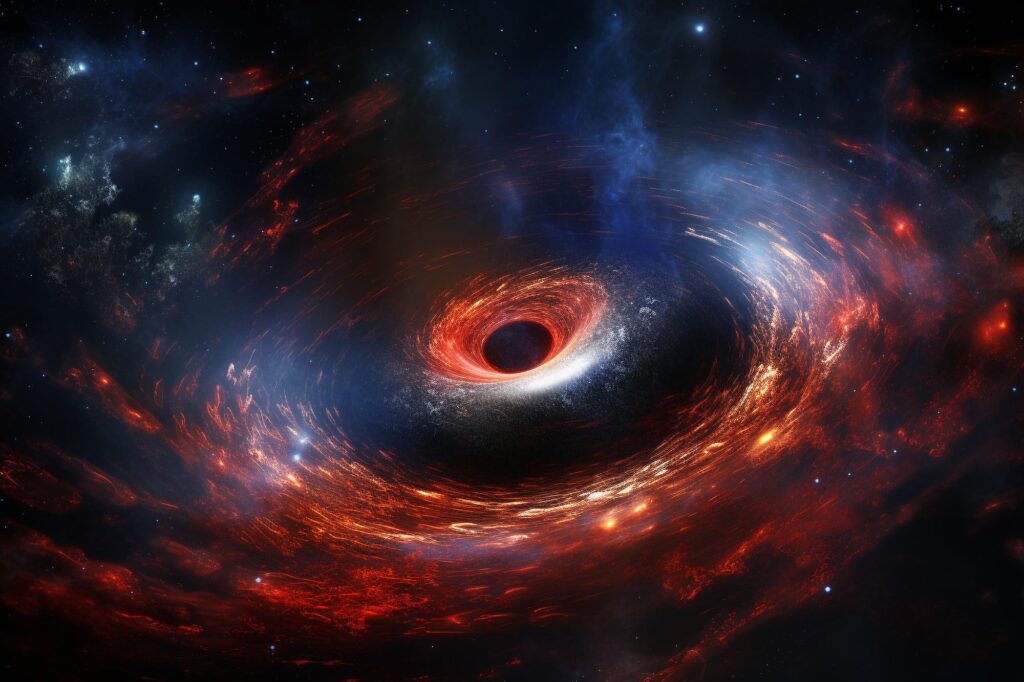
In his innovative research, Simon analyzed data from hundreds of thousands of galaxies to estimate the mass of their central black holes and simulate the potential gravitational waves they could produce. His findings not only provide a comprehensive overview of supermassive black hole masses over the last 4 billion years but also challenge previous assumptions about the distribution and size of large galaxies in the early universe.
This research opens new pathways to understanding how black holes grow and how their presence and evolution have influenced the development of galaxies and the universe at large, including the origins of our Milky Way Galaxy and the solar system. Simon’s work is a crucial step toward unraveling the mysteries of cosmic evolution and the fundamental forces that have shaped our universe.


